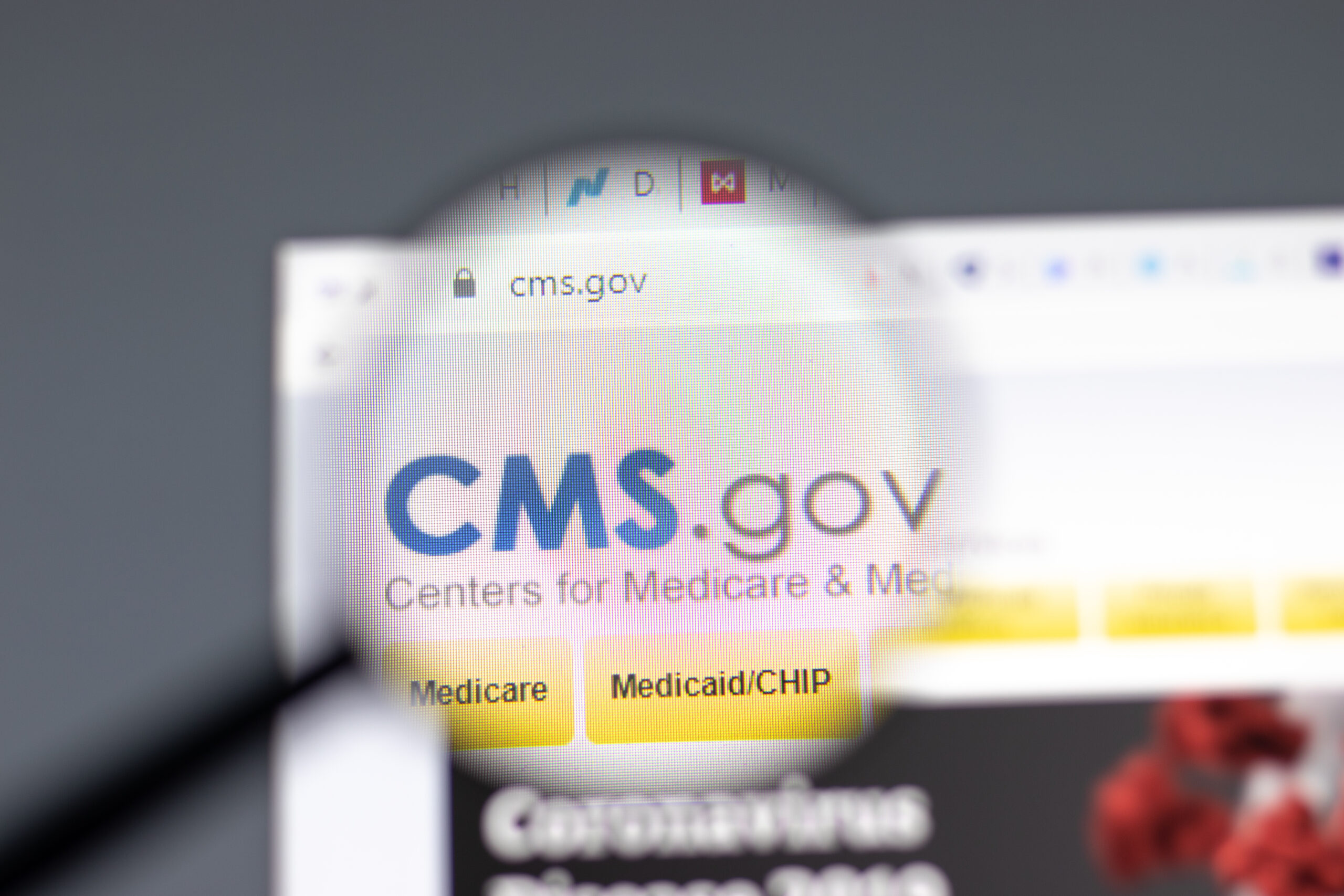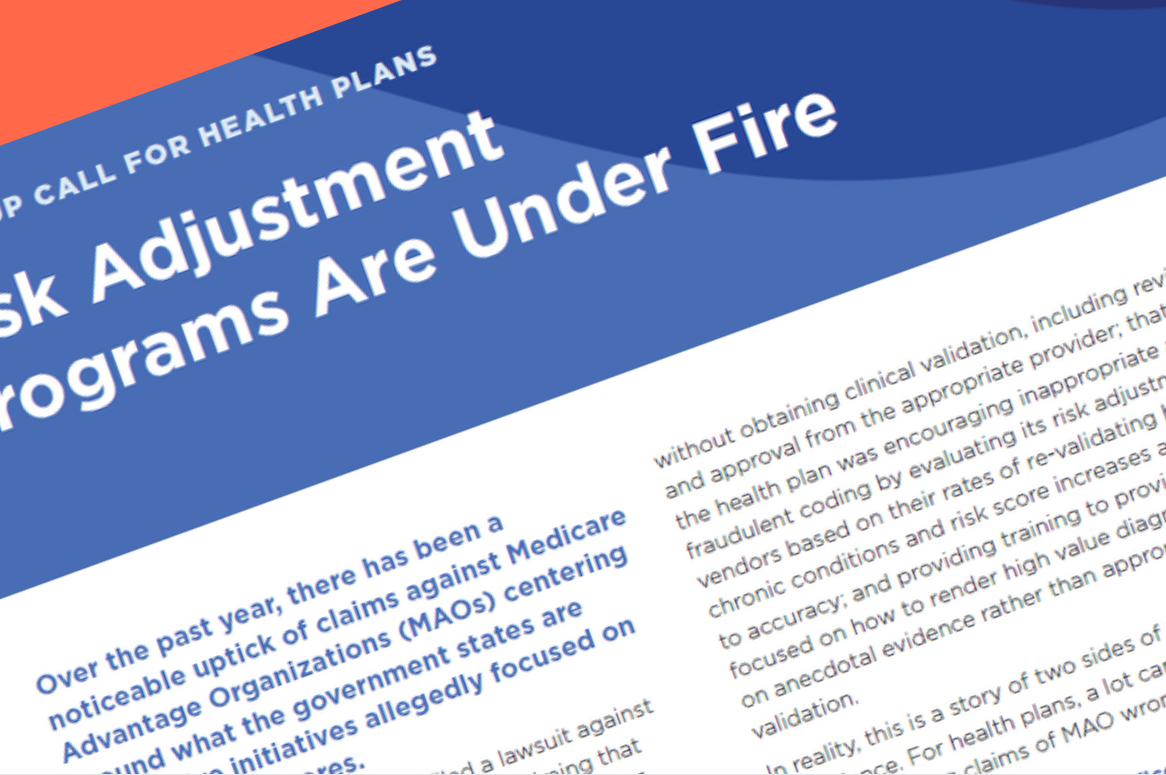
By Jamie Jenkins, PhD, MBA, CPHQ, quality of care director, Vatica Health
Advancing health equity is the first pillar of Centers of the Medicare and Medicaid Services’ (CMS) strategic plan. The Biden-Harris administration has committed to promoting racial equity through government programs focused on underserved communities. To that end, CMS’ 2023 Medicare Advantage Quality Rule released in April 2023 finalized the new Health Equity Index (HEI) for measuring how well Medicare Advantage and Part D plans manage at-risk populations.
What is the index?
The HEI will drive health plans to fully engage and take steps to address the social determinants of health (SDOH) which negatively impact health quality and outcomes.
CMS has defined HEI as an index or single score that encapsulates contract performance for plans whose enrollees face specific social risk factors. The index will use existing data to limit the number of members who are identified as vulnerable. Stratified plan members who receive a low-income subsidy, those with a disability and those who are dual eligible will be in the scoring pool. Health plans should begin analyzing their data and designing programs to support these members.
What are the goals?
The initial goal of HEI is to increase transparency and understanding of plan performance in addressing the needs of members facing social risks. First, the index will be used to identify populations with the greatest needs so that targeted assistance may be granted to communities and providers serving those communities.
Second, the HEI will allow beneficiaries to select plans based on performance on health equity measures. Third, the index would become part of the Star Ratings program which is used to incentivize health plans with bonuses to improve performance. Prior to this new approach, there were no targeted incentives to address disparities among a plan’s enrollees. The HEI would be an added layer encouraging investment in health equity initiatives for Part C and Part D Star Ratings.
Call to action
Health plans have time to begin examining their approaches. The baseline data for the initial calculation of the HEI will be based on calendar years 2024 and 2025. The performance reward will be included in the 2027 Star ratings year.
Health plans can start their data analysis by comparing contracts to one another. For example, plans may consider the variances between those populations receiving a low-income subsidy versus those who are not. Comparing groups will allow plans to determine where support is most needed.
Data collection is key
One of the five priorities outlined by CMS in the framework is expanding the collection and analysis of standardized reporting. The agency seeks comprehensive, interoperable and standardized individual-level demographic and SDOH data. With an increased understanding of members’ needs, CMS plans to leverage quality improvement and other tools to ensure all members have access to equitable care and coverage.
CMS notes that developments in health information technology have improved the ability to collect health data and measure disparities at the provider level. Vatica Health, for example, provides technology and dedicated clinicians to enable providers to efficiently capture more accurate and complete diagnostic coding and documentation both for risk adjustment and improving quality of care. Vatica’s team of nurses curates relevant clinical data from various sources and creates a pre-encounter provider notification to enable more comprehensive encounters. The notification lists medical conditions, unreconciled medications and targeted quality measures to help the provider efficiently address the patient’s needs during the visit. As part of this process, Vatica can collect race and ethnicity information as well, using CDC specifications.
In summary, this framework is the first step in CMS’ drive toward improving health equity. “Our goals for Medicare Advantage mirror our vision for CMS’ programs as a whole, which is to advance health equity; drive comprehensive, person-centered care; and promote affordability and the sustainability of the Medicare program,” said CMS Administrator Chiquita Brooks-LaSure.
How Vatica Health can help
If you are considering a partner to help improve your Star quality measure performance, consider Vatica Health. We are the #1 rated risk adjustment and quality of care solution for health plans and health systems. By pairing expert clinical teams with cutting edge technology, Vatica increases patient engagement and wellness, improves coding accuracy and completeness, identifies and facilitates the closure of care gaps and enhances communication and collaboration between providers and health plans. The company’s unique solution helps providers, health plans and patients achieve better outcomes together.










Recent Comments